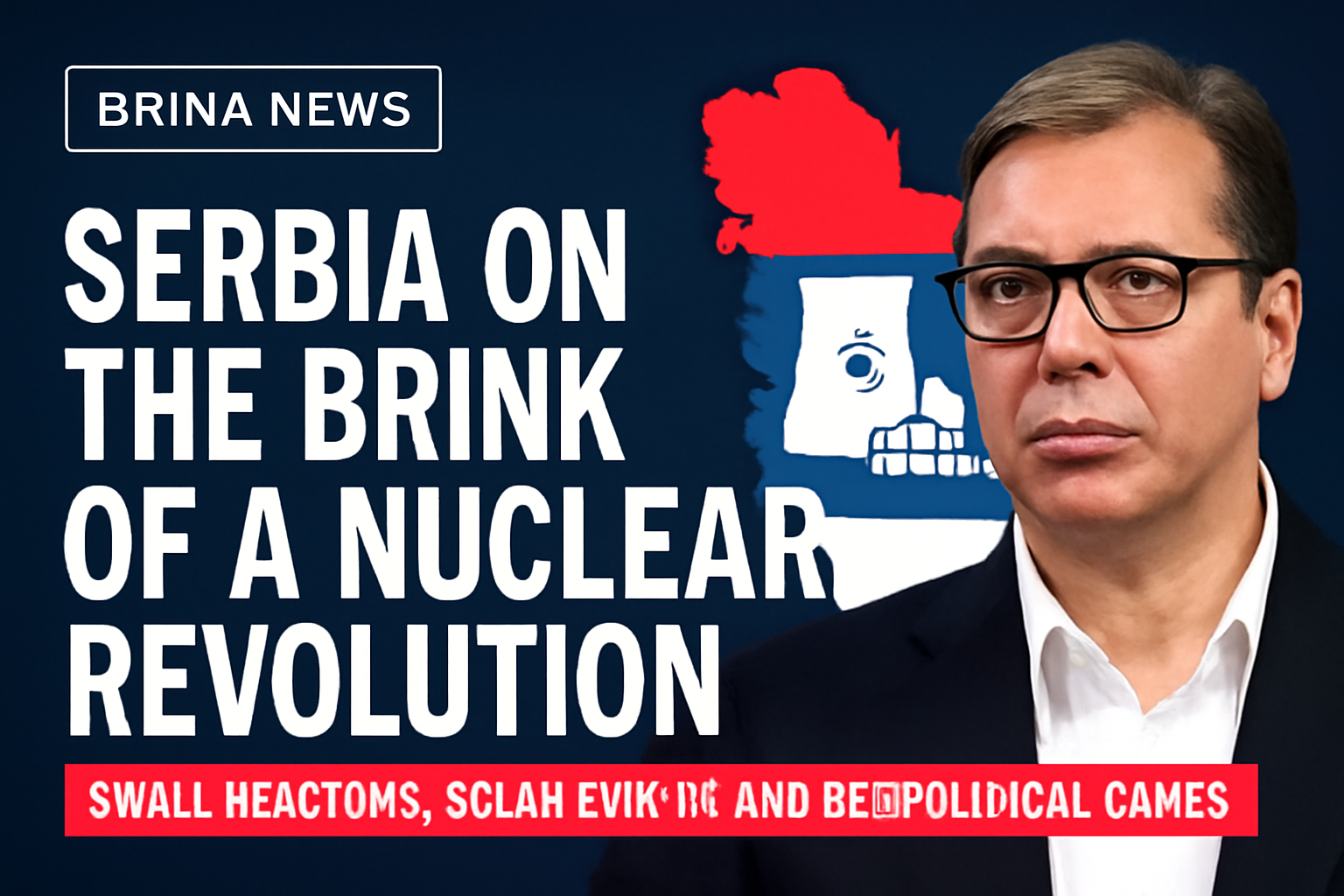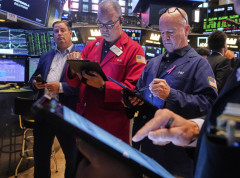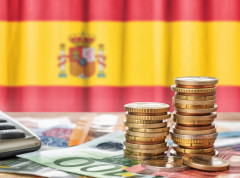Serbia on the Brink of a Nuclear Revolution: Small Reactors, Solar Power, and Geopolitical Games
Serbia has finally received its first preliminary technical study on the use of nuclear energy, including traditional nuclear power plants and small modular reactors (SMRs). Yes, you read that right – Serbia is seriously considering nuclear energy as part of its energy future, not just solar and wind power which have been the focus so far.
Small Modular Reactors – Future or Science Fiction?
Small modular reactors are still in development but promise flexibility, modularity, and lower investment costs compared to traditional nuclear plants that offer economies of scale. Serbia is already in talks with South Korea for cooperation on both technologies, and France is also a potential partner with its vast experience in nuclear energy.
Green Energy in Kostolac – Solar and Wind Power
While nuclear energy is still in the planning phase, Kostolac is already opening its first state-owned solar power plant, and a wind farm will soon be completed. These two green power plants will together supply electricity to about 35,000 households. And that’s not all – the projects are being realized on old mining dumps, meaning existing infrastructure is being used, while new jobs are created and pollution is reduced.
Geopolitical Tensions and Sanctions – Serbia Between Russia and America
Negotiations around nuclear projects and sanctions are tough. Serbia finds itself in a difficult position between two great powers – Russia and America. Sanctions that could affect the operation of the Serbian Oil Industry (NIS) have been postponed until the end of July, and negotiations are complicated and require more time than expected. Serbia is fighting by all means to maintain supply and market stability, and the entire nuclear program is estimated to cost around 30 million euros.
Nuclear Energy as a Response to Growing Consumption
Experts emphasize that energy consumption in Serbia and Europe will increase in the coming decades, and renewable sources, as important as they are, are not a long-term stable solution because they depend on weather conditions. That’s why nuclear energy, with its stability and capacity, is necessary for energy transition and decarbonization.
What to Expect in the Next 15-20 Years?
According to the study, Serbia’s nuclear program is not something that will happen overnight. Preparations, training of experts, additional analyses, and the formation of a body to develop the nuclear program will take between five and seven years, and the start of construction of the nuclear facility is expected in 15 to 20 years.
Conclusion: Serbia at a Crossroads
Serbia stands at a crossroads between green energy and a nuclear revolution, while simultaneously balancing between great world powers. Will small modular reactors become a reality or remain a distant dream? Will solar and wind power be enough to cover growing needs? And how will geopolitical tensions affect the country’s energy stability?
These are all questions that will be answered in the years to come. What do you think? Is nuclear energy a salvation for Serbia or just another complication in an already complex energy and political game? Drop a comment, let’s see who’s for and who’s against – and remember, energy is not just a number on a bill, it’s the future of the whole country!









